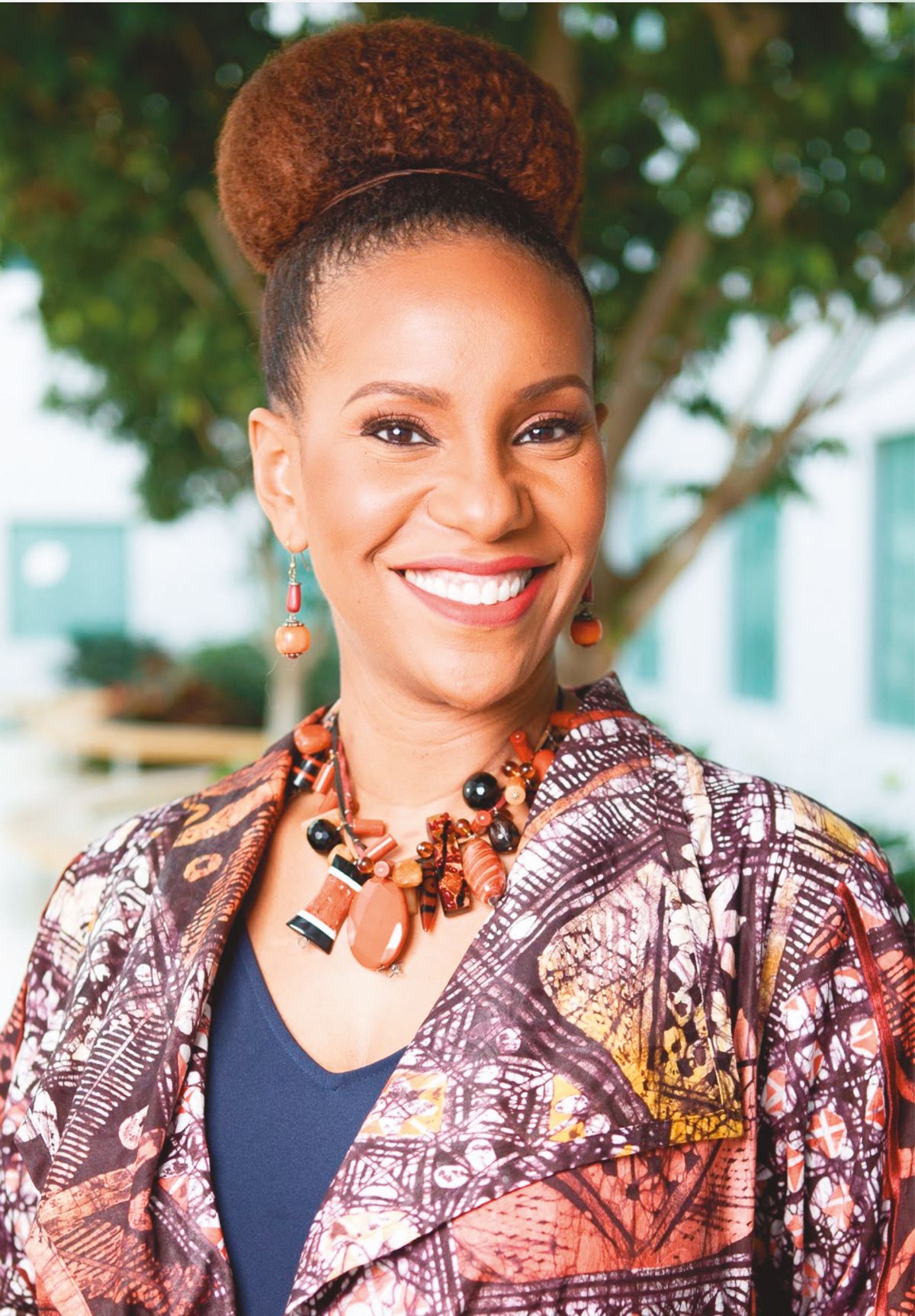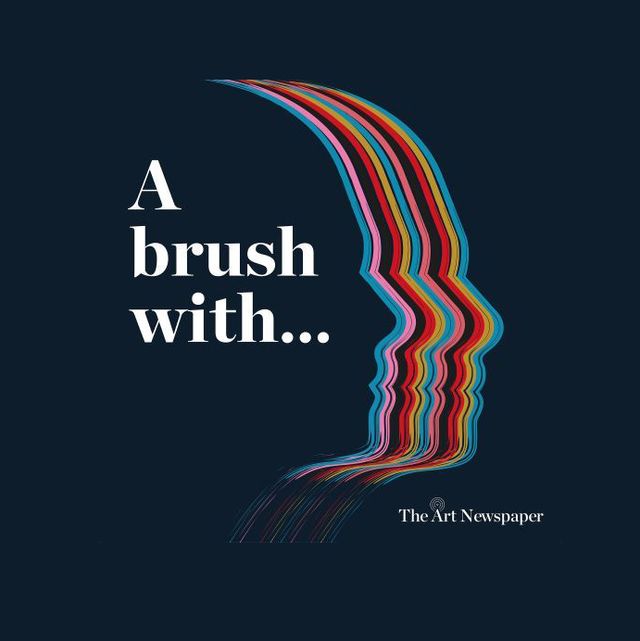The Art Newspaper: If you could live with just one work of art, what would it be?
Tonya Matthews: It would definitely be a Romare Bearden collage. Quilting Time [1986] is a good one—it has several folks who are coming round for quilting—or The Street [1975]. Romare Bearden’s work in an art museum was the first time that I found art accessible. I was a kid, and I walked up to this piece, and I’m like: “There’s a collage in a museum!” That’s when I decided: “Ah, anybody can do art. OK, I’m good with this now.” And if you’ve got to be trapped with one piece, you could spend years trying to figure out where each piece came from, and how he chose to put things together.
Which cultural experience changed the way you see the world?
When I was a graduate student, studying engineering, I did two months in Japan. The first thing people saw about me in Japan was my height. I am 5’9” and that was always the first question. Here in the States, the first question is: “Where are you from? Where are your people from?” So being in a place where the first thing folks saw was my height, and not necessarily my colour, was fascinating. The other thing is, I went to visit some of the parks and memorials at Hiroshima. I was literally in tears. And if you know anything about the Japanese people, they do not do public displays of emotion. I was a hot mess. But what I realised is that it was an event that I was associated with, just by birth—I’m an American, I was born here, but it happened way before I was born, even before my dad. I still felt that I had some kind of responsibility in acknowledging my space in the story and figuring out what the aftermath was and understanding that.
Which writer or poet do you return to the most?
Lucille Clifton. She has a poem that she’s quite well known for called Homage to my Hips. And at that time, when I was writing, my signature piece was called These Hips. It’s where my stage name [Matthews did performance poetry under the name JaHipster] came from. It’s what I was associated with. But instead of having that young buck, mine-is-better kind of reaction, I immediately felt less alone. I felt: “Ah-ha. So it’s not just me that has this way of talking about my identity.”
What are you watching or following that you would recommend?
Moon Girl and Devil Dinosaur: they rebooted the Marvel Comic with a young, middle-school African American girl, who’s sciencey and geeky and all that good stuff. And Disney picked it up recently as an animated series. It’s done so well. This is a superhero thing, but they also subtly get into conversations that we should all be having. For example, there’s one episode where the young Black girl is essentially learning this challenge of working with natural Black hair, which is a full-fledged thing. And she starts pining over her best friend’s much straighter, longer, silkier hair and gets herself a wig. And then her hair turns into a supervillain!
What is art for?
Cheeky answer: everything. But I actually mean that very seriously. We overuse the word diversity these days but I don’t think it can be overused in art because I do think that art does have a place in every conversation. But in order to do that, you are going to need more than an army of artists with different experiences, different relationships and different ways of approaching the exact same thing.



